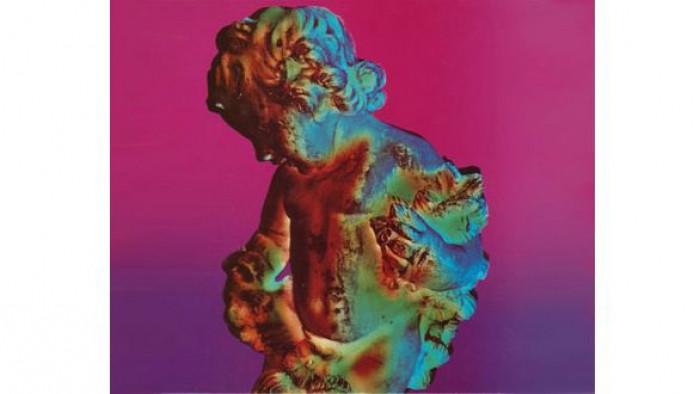12 things you (probably) didn't know about New Order's 'Technique'
Discover something new about the 1989 classic

New Order’s Technique was released way back on 30 January 1989, yet remains a fresh, vibrant and incredibly influential record. Paving the way for Madchester, acid house and the coming together of rock and dance music, it had a seamless mix of synthesizers, programming and band instrumentation, underpinned by a whole load of great songs.
Here’s 12 things that you may not know about Technique: see if you can learn something new.
____________________________________
1. All Joy Division and New Order albums were given 'important' numbers in the Factory Records Catalogue; for example: Unknown Pleasures was FAC 10, while Low Life was FAC 100. Technique was given FAC 275.
____________________________________
2. Fine Time was so named after drummer Stephen Morris had his car towed away. Morris revealed, "I had to remind myself to go and pay the fine. I just wrote "Fine Time" on this piece of paper to remind myself to go get it and thought, that's a good title."
____________________________________
Get exclusive shortlists, celebrity interviews and the best deals on the products you care about, straight to your inbox.
3. The cherub statue - a garden ornament - on the cover was rented by designer Peter Saville from an antique shop on Pimlico Road in London. According to Saville, it was his first "ironic work: all the previous sleeves were in some way idealistic and utopian. In some ways it’s also quite neo-Warhol". This lead manager Rob Gretton to suggest naming the album Peter Savile's New Order, in the same style as Andy Warhol's Velvet Underground. Apparently this "went down like a lead balloon with the band".
____________________________________
4. None of the song titles on Technique are heard in any of its nine tracks, although the phrase "fine time" does appear in Joy Division's Transmission.
____________________________________
5. The band's press team wanted to release Vanishing Point as the first single. However, the band disagreed and went with Fine Time. However, they then wanted to issue Vanishing Point as the second single single from Technique - they were, in turn, overruled by Factory boss Tony Wilson, who selected Round & Round instead.
____________________________________
6. The song Run is credited to Sumner, Hook, Gilbert, Morris and John Denver, after his publishing company filed a lawsuit, alleging that the guitar figure in the song was copied from Leaving on a Jet Plane. The case was settled out of court and Denver's named added to the credits. Have a listen below and see what you think.
7. Technique is known as their Ibizan album, but in fact, according to Bernard Sumner, only 20% of the record was recorded there. The remainder was done at Peter Gabriel's Real World Studios in Bath.
____________________________________
8. The B-side to Round & Round was an instrumental called Best & Marsh, written as the theme tune for a Granada TV series of the same name, hosted by Tony Wilson. It featured the legendary ex-footballers George Best and Rodney Marsh telling anecdotes about their playing days. It is believed that the FA become aware of them through this track - and, famously, later asked them to record the song for the 1990 World Cup, World in Motion.
9. The Happy Mondays' Bez once guested with the band on a live version of Fine Time on New Year's Eve 1998.
____________________________________
10. The B-side to the single Run 2 was called MTO and features the lyric "You've got love technique" from the previous single, Fine Time. No one is quite sure what MTO stands for, but suggestions put forward include: "Mid Tempo One", "Much Too Old" and "Made To Order".
____________________________________
11. Technique was the band's first no.1 album, and their last record on Factory Records. Its second-highest chart placing across the world was in New Zealand, where it reached no. 11.
____________________________________
12. An instrumental adaptation of Vanishing Point was used as the main theme for the BBC comedy drama show Making Out, which ran from 1989 to 1991. It portrayed the lives of women who worked at the New Lyne Electronics factory in Manchester.
____________________________________
Most newsletters are rubbish. Ours isn't
Get exclusive shortlists, celebrity interviews and the best deals on the products you care about, straight to your inbox.
(Images: Rex/AllStar)



